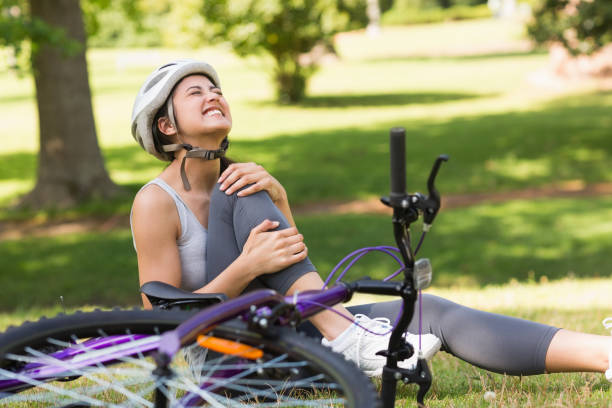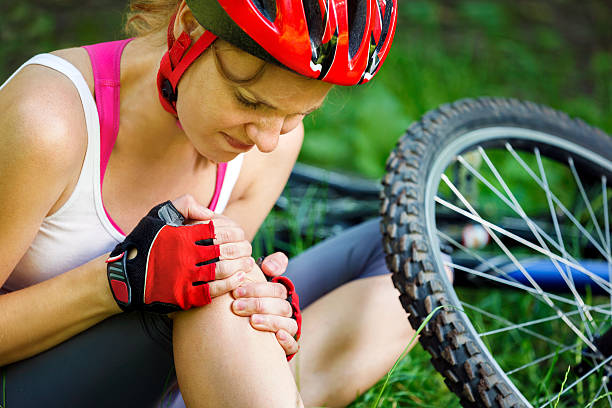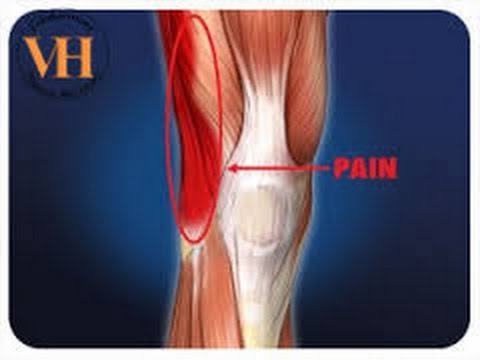Cycling Knee Pain solution 2022

Cycling Knee Pain
Cycling knee Pain may require a professional bike fit to eliminate discomfort. You can use our online members only bike fit setup guide to assist you if you are not local to our area.
After a long ride, many cyclists suffer from cycling knee pain and tenderness across the outer part of the thigh, primarily caused by incorrect bike fit setup for the contact points of the saddle and the foot.
If these symptoms last longer than a couple of days, that is longer than usual post-ride muscle soreness (a day or two), the problem may be excessive friction of the connective tissue across the outer quadriceps muscle, known as iliotibial band (ITB) syndrome. Get help with your cycling knee pain by reviewing your bike fit.
When cyclists feel tenderness and pain across the outer part of their knee, the lower insertion of the ITB inflames causing what is called ‘runner’s knee’. Regardless of the name, this well-known condition does not spare cyclists. In the worst scenario, this lateral cycling knee joint pain is severe and coincides with moderate joint swelling, and can stop training and forcing weeks, if not months of rest.
In advanced conditions, knee joint pain is aggravated by cycling (even short distances), walking downhill, going down stairs, etc. The knee feels stiff after inactivity, for example, after several hours of sitting still or driving long distances.
ITB pain can afflict seasoned cyclists, as well as those new to the sport, since there are multiple causes, and symptoms can quickly become chronic. Cyclists with this condition are often surprised that, despite the discomfort/pain, they still have full movement of their knee joint and can bend and straighten their knee without any problems.
A bike fit is highly recommended to eliminate the cause that can lead to long term cycling knee pain.
What is the iliotibial band?
The ITB is a tendinous connective tissue tract that originates on the iliac crest (hip bone), where gluteal maximus (the largest gluteal muscle) and tensor fascia latae (a small hip flexor) muscles insert into the tract. Interestingly, the IT band is continuous with the lateral intermuscular septum beneath it, which is one of the areas to focus on when trying to resolve the condition.
The ITB continues down, narrowing as it attaches to the lateral condyle of the tibia (the outer part of your lower leg bone), with fibres also extending over to the front of the patella (knee cap). As well as flexing the thigh at the hip, moving it sideways and causing internal rotation, it has a vital role in stabilising the lateral aspect of the knee. That’s why this condition can cause — or be caused by — mal-tracking of the patella (knee cap).
The syndrome occurs as the band rubs across the lateral femoral epicondyle, a bony prominence of the outer femur. As your knee repeatedly flexes and extends, the band can easily become inflamed. During a pedal stroke, the band crosses over the epicondyle once on the down stroke and again on the upstroke. If a cyclist pedals at a cadence of 80rpm, this is equivalent to 160 slides per minute. Over a one-hour ride, the ITB rubs across the knee 9,600 times.
Common causes of ITB syndrome
Many factors can contribute towards this problem. Sometimes there is no apparent reason for getting ITB friction syndrome apart from simple overuse. Often ITB syndrome is caused by a muscle imbalance, where some muscle groups (hip flexors, quadriceps) have become too tight, while others (hip abductors and extensors) have become too weak or fatigued. Therefore, it often helps to strengthen these weaker hip muscles (extensors, abductors and external rotators).
These muscle imbalances may be accentuated by an incorrect cycling position; for example, a saddle set too high or at too steep an incline. Cleats may be too close together for the width of the pelvis, causing excessive adduction (inward rotation of the knee joint) — note, some manufacturers Shimano and Specialized for example, now supplies pedal axle extenders that can increase cleat width by 4cm.














